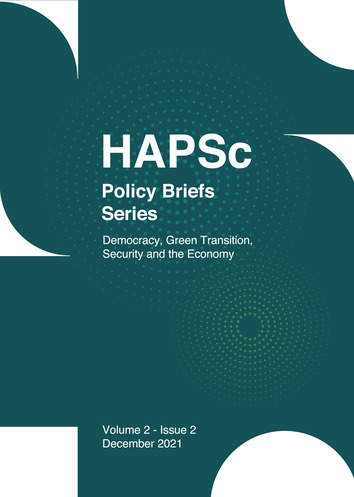Have We Found the New “Artillery”?
Abstract
In our day new conflicts erupt in the so called “hot zones” around the world. What can be clearly seen in those conflicts is the extensive use of certain strategies aimed at giving specific advantages to the adversaries. This phenomenon is due to certain factors of modern way of decision making and way of thinking in general. The current paper's purpose is to examine the reasons that constitute the utilization of such strategies almost a necessity and to analyze a number of them. To be more exact, four strategies are under examination, including their advantages, disadvantages and a number of instances where they have been utilized in the past. The aforementioned strategies are: 1. proxy warfare, 2. pre-emptive strikes, 3. deterrence and 4. strikes from a distance, with speed and precision. To conclude, an effort will be made to make a general assumption about the future of the aforementioned strategies and if their presence will be something of a formality in the near future or if it they will inevitably fade away in due time.
Article Details
- Zitationsvorschlag
-
Moustakakis, G. (2021). Have We Found the New “Artillery”?. HAPSc Policy Briefs Series, 2(2), 131–138. https://doi.org/10.12681/hapscpbs.29520
- Rubrik
- Articles

Dieses Werk steht unter der Lizenz Creative Commons Namensnennung 4.0 International. Authors retain copyright and grant the journal right of first publication with the work simultaneously licensed under a Creative Commons Attribution License that allows others to share the work with an acknowledgement of the work's authorship and initial publication in this journal.



